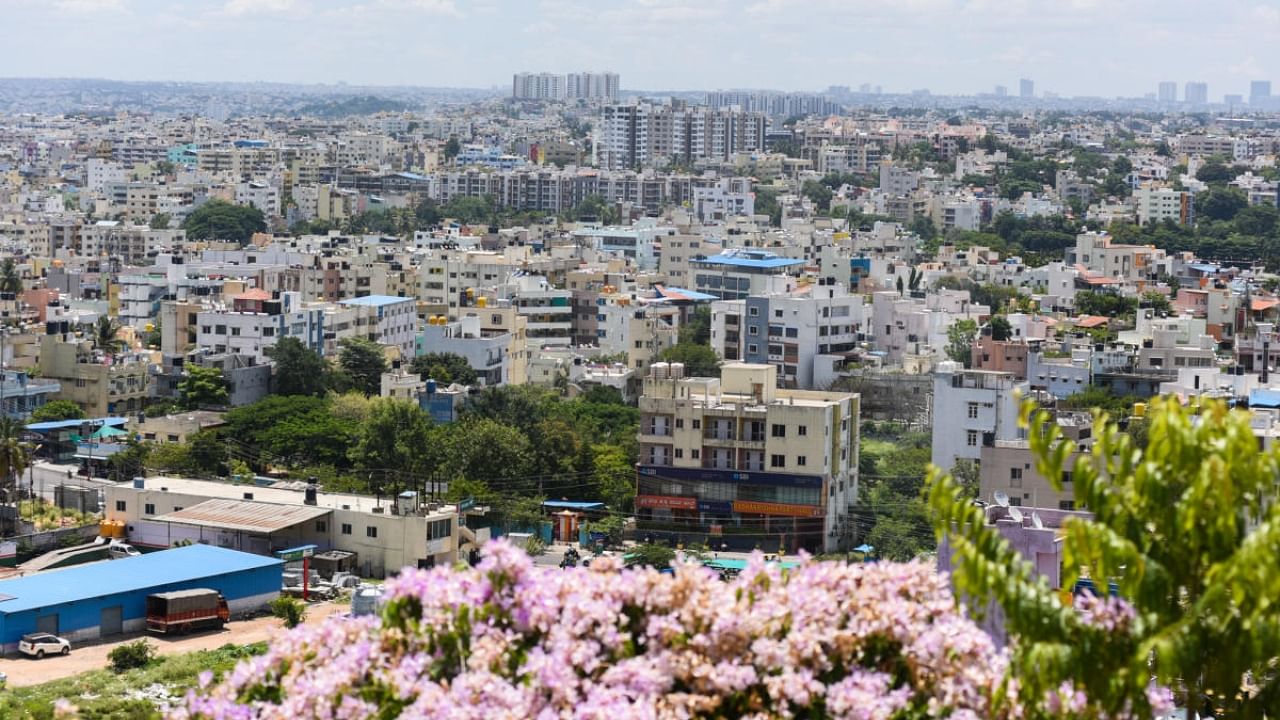
Shortsighted state policies on industry and infrastructure since the 1990s have led to severe urban primacy in Karnataka and inequitable approaches to development of cities other than Bengaluru, a study by researchers at the Institute of Social and Economic Change (ISEC) said.
Urban primacy indicates the concentration of urban population in one or two cities.
The study, conducted by Kala Seetharam Sridhar and Shivakumar Nayka, reviewed Union and state government policies since the 1990s and analysed distribution of industry and economic opportunities. It also examined intra-state road networks and municipal infrastructure in 11 cities.
Kala said industrial policy statements, while recognising balanced regional development as an objective and including backward regions, had also consistently laid emphasis on Bengaluru, possibly making industries apprehensive of moving to smaller cities.
“Bengaluru has its own infrastructure concerns but it comes with the benefits of agglomeration. The city offers greater proximity to raw materials, markets and a large, skilled workforce, making it a more viable location for the industries,” she told DH.
Urban primacy (here, calculated from the population in the two biggest cities) increased from a factor of 4 to 8.9 in Karnataka during 1991-2011, indicating that Bengaluru’s population was 8.9 times that of the second biggest city, Mysuru.
“The next highest was 8.42, in Telangana (2014 figure), which means the population of Hyderabad was 8.42 times that of the state’s second biggest city, Warangal,” Kala said.
Skewed spending
The researchers who surveyed 81 companies in different sectors in the smaller cities said the firms, on average, spent more on operations and maintenance than as investment. They attributed the higher expenditure on logistics to infrastructure gaps including inadequate road connectivity.
The study also found that smaller cities needed to improve utilisation of funds allocated under Union and state government schemes.
Kala said an egalitarian approach to policy-making was key in bringing down urban primacy.
“Extending highway networks, increasing rail route lengths and providing access to jobs without having to move homes will be critical,” she said.
The ISEC study used GIS maps to examine intra-state road connectivity. It highlighted that while Karnataka’s southeastern region consisting of Bengaluru had a well-spread road network with national and state highways and major district roads, the areas to the west of Mysuru and between Hubballi and Mudhol/Jamakhandi, did not have an NH.
The independent research was supported by the Karnataka Urban Infrastructure Development and Finance Corporation.
How cities fare
Bengaluru, Vijayapura, Davanagere score below HPEC* norms on streetlights
Mysuru, Vijayapura short on SWD management
Mangaluru, Tumakuru score least on green spaces
30 per cent of garbage generated in Davanagare uncollected
Municipal roads in Mysuru, Mangaluru, Belagavi score low
(*High Powered Expert Committee)